“Never have I found the limits of the photographic potential. Every horizon, upon being reached, reveals another beckoning in the distance. Always, I am on the threshold.”
-W. Eugene Smith
As we struggle with Instagram’s constantly changing algorithm many toy photographers are trying to figure out where in this social media world they belong. Of course I’m going to vote for Google + and the Toy Photographer’s Community, but really our images can fit anywhere that any other photo can.
Someone who takes pictures of people isn’t only going to consider themselves a portrait photographer. Maybe they’ll share their images to a wedding photography category, event photography, or even landscape depending on what all is in the photo.
As toy photographers, we are passionate about toys for various reasons, but no matter why, we share that passion through photography. In that, we are photographers and, if we choose, can mingle with those who shoot any kind of subject matter
There are so many genres of photography, toy photography being one of them on its own. But within toy photography we practice many others. A photograph of a toy figure’s face is a portrait, that shot you took out and about is a travel photograph, the full scene you set up in your studio could be a landscape. Really the possibilities are endless and our photos can definitely occupy the space of those popular genres.
For example, here are some toy photos listed by popular categories in which they can easily belong.
Street, Transportation, People, City
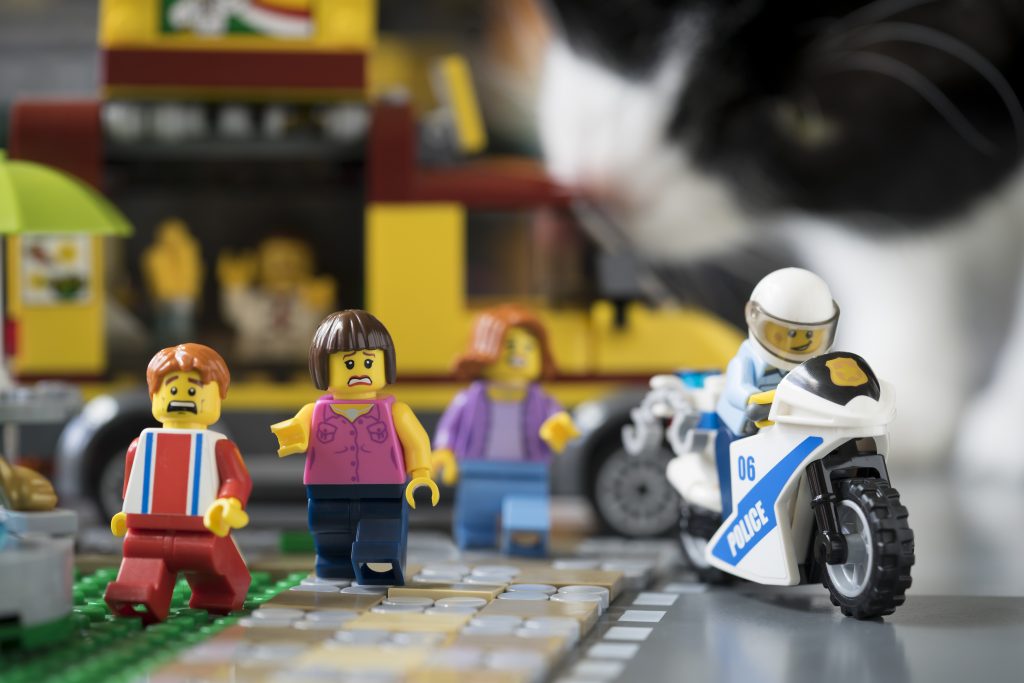
Run Away! by Shelly Corbett
Macro, Abstract, Still Life
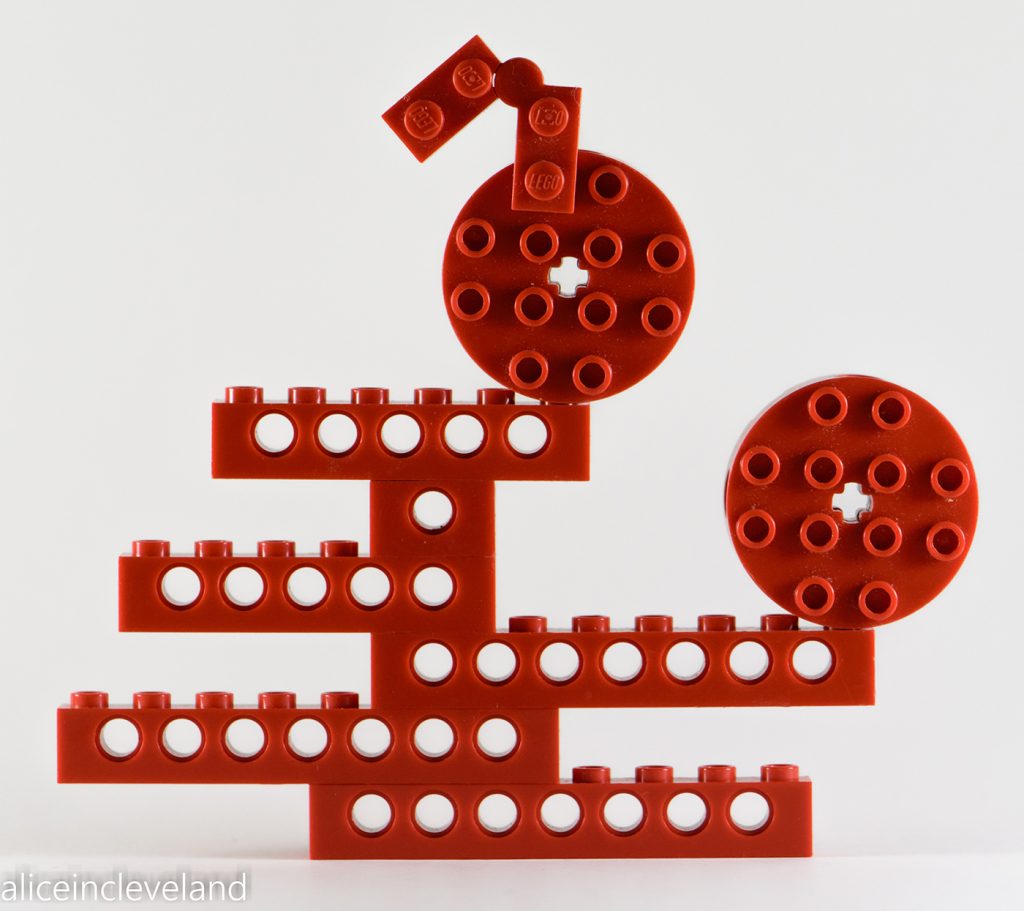
by aliceincleveland
Family, Animals, Black & White, Nature, Landscape
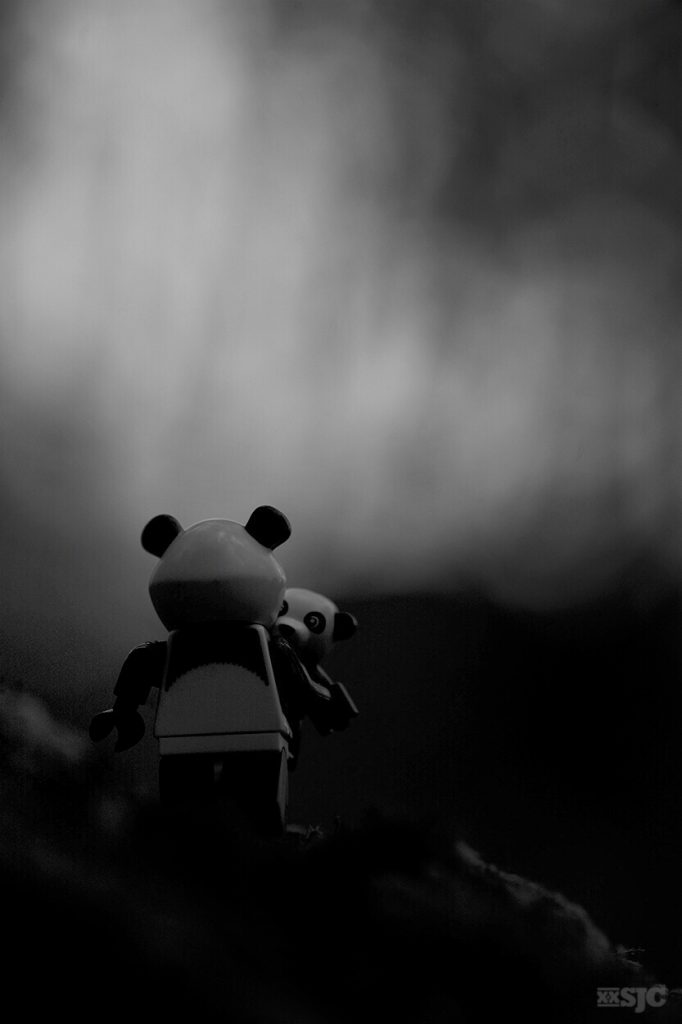
There is peace even in the storm
by Shelly Corbett
Black & White, Celebrities, Fashion, People, Performing Arts
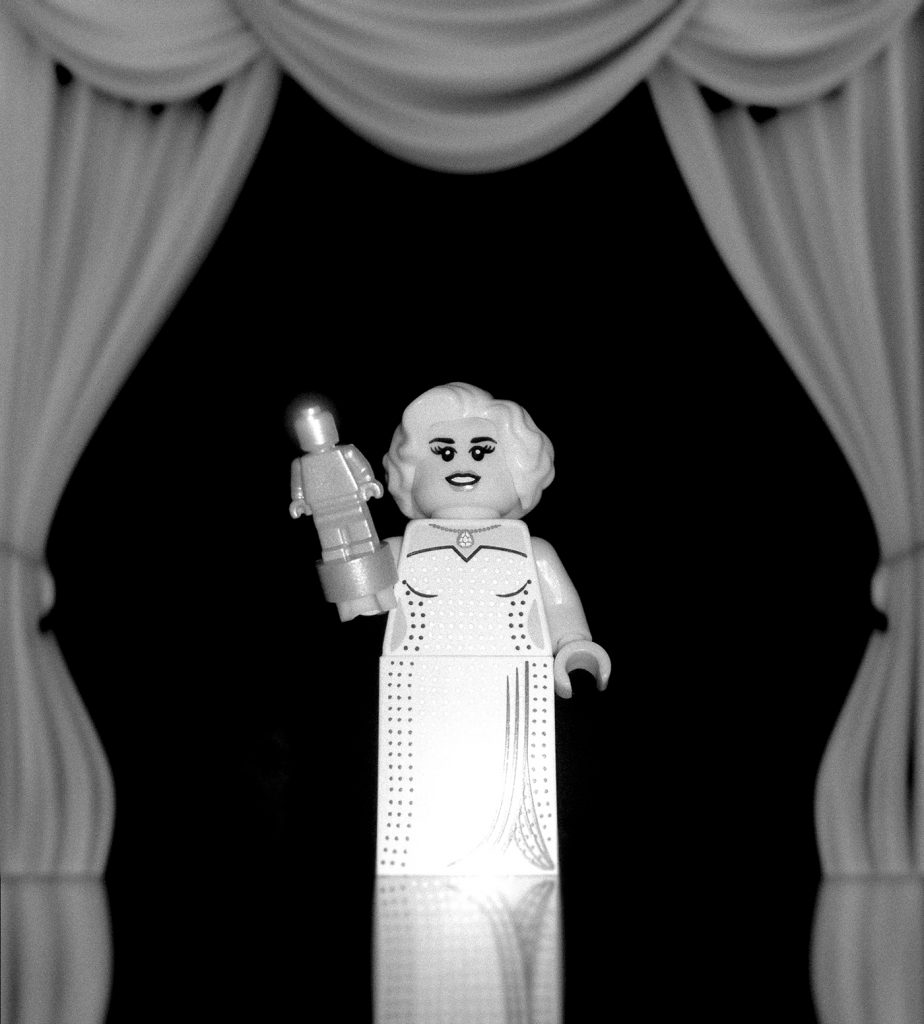
by James Garcia
Landscape, Nature, People
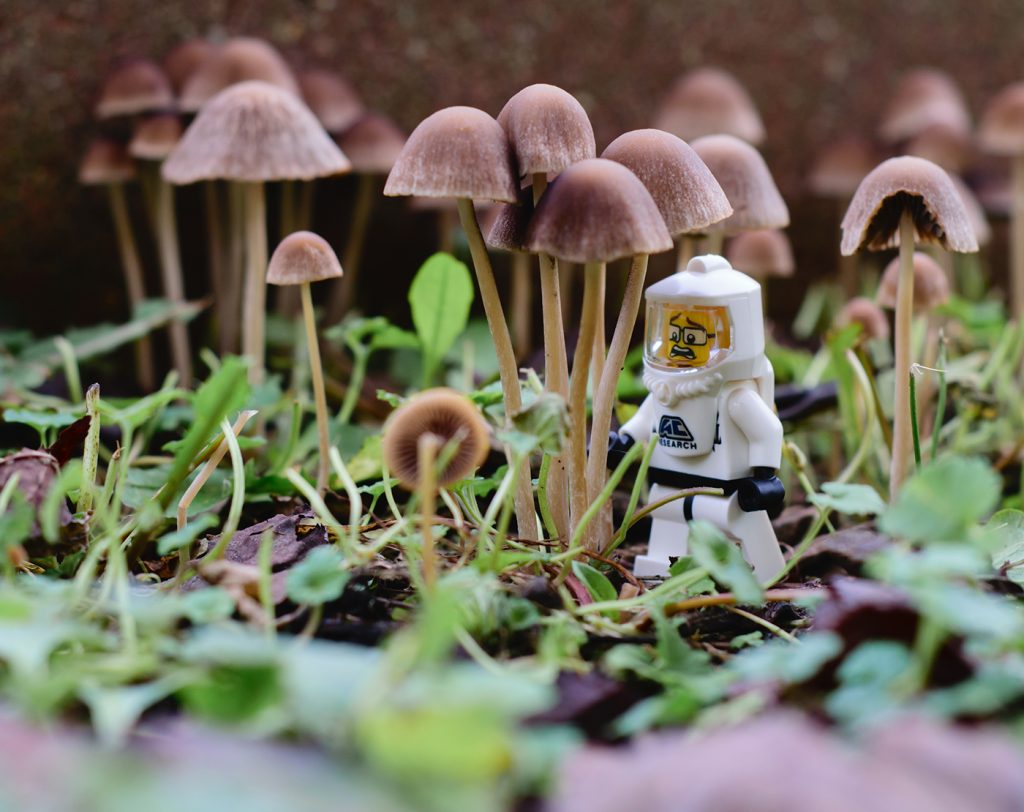
Toxic Environment by aliceincleveland
People, Transportation, Travel, Water, Animals
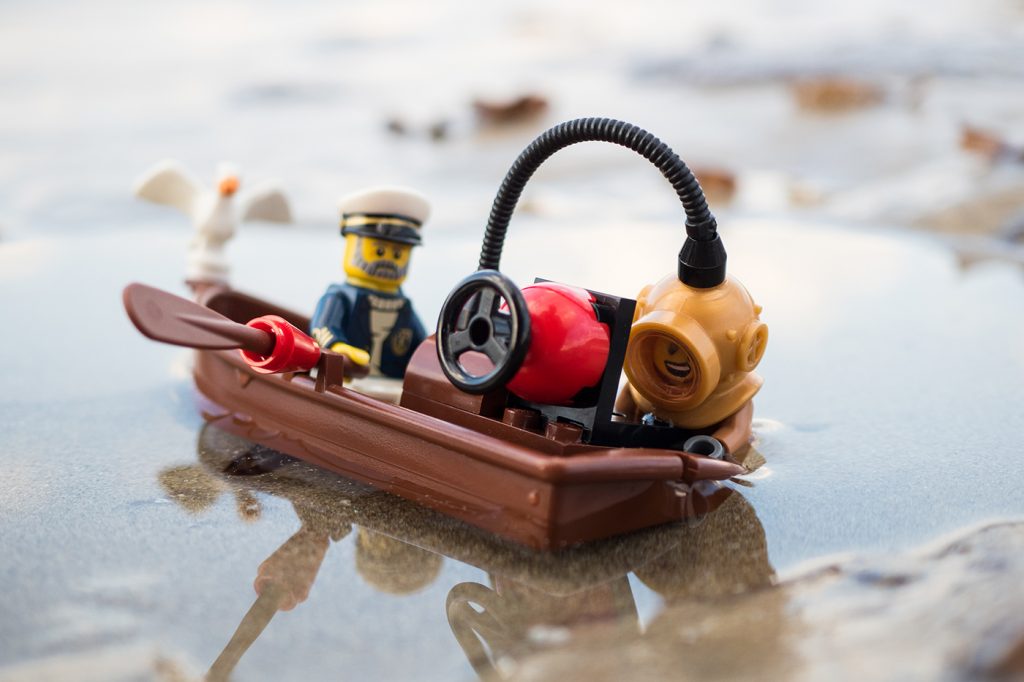
by Tony Tulloch
Celebrities, Street, Sports, Action, People
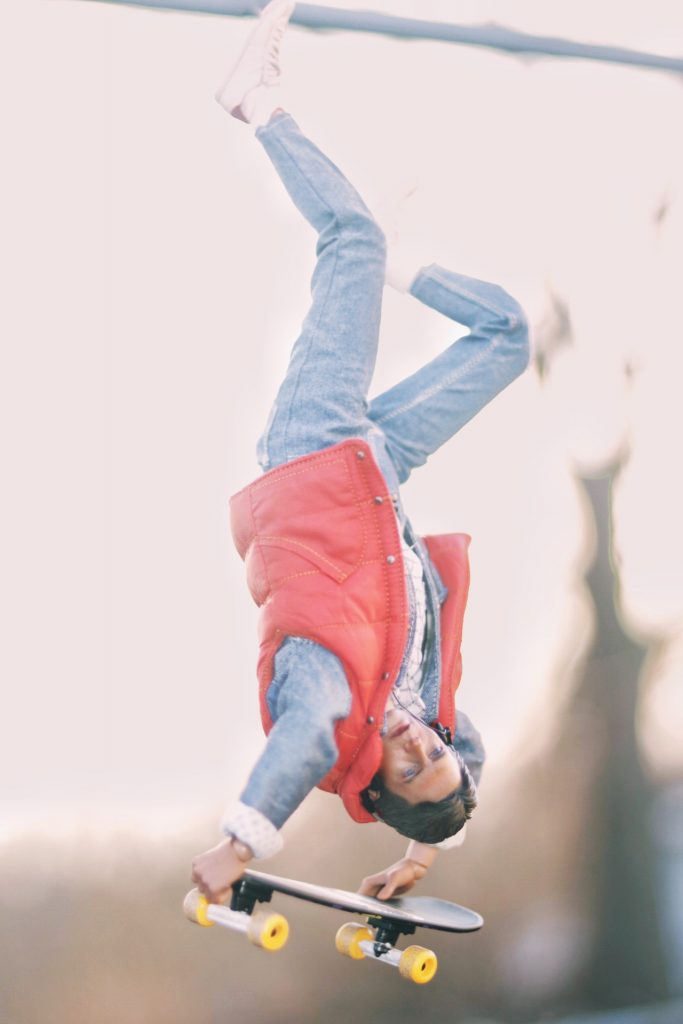
Marty McFly by Jason Nvrmore
Night, Urban Exploration, Street, People
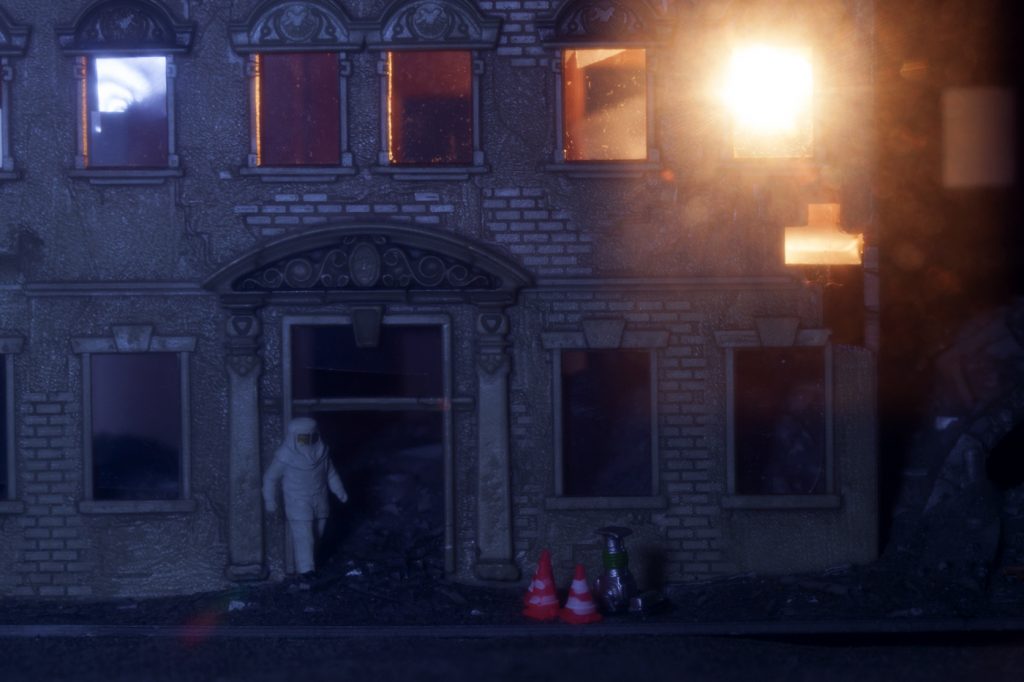
by Jennifer Nichole Wells
So where do toy photos belong? Everywhere.
Have you ever posted your photos in other photographic categories?
Why do you think toy photographers define themselves separately from the world of photography?


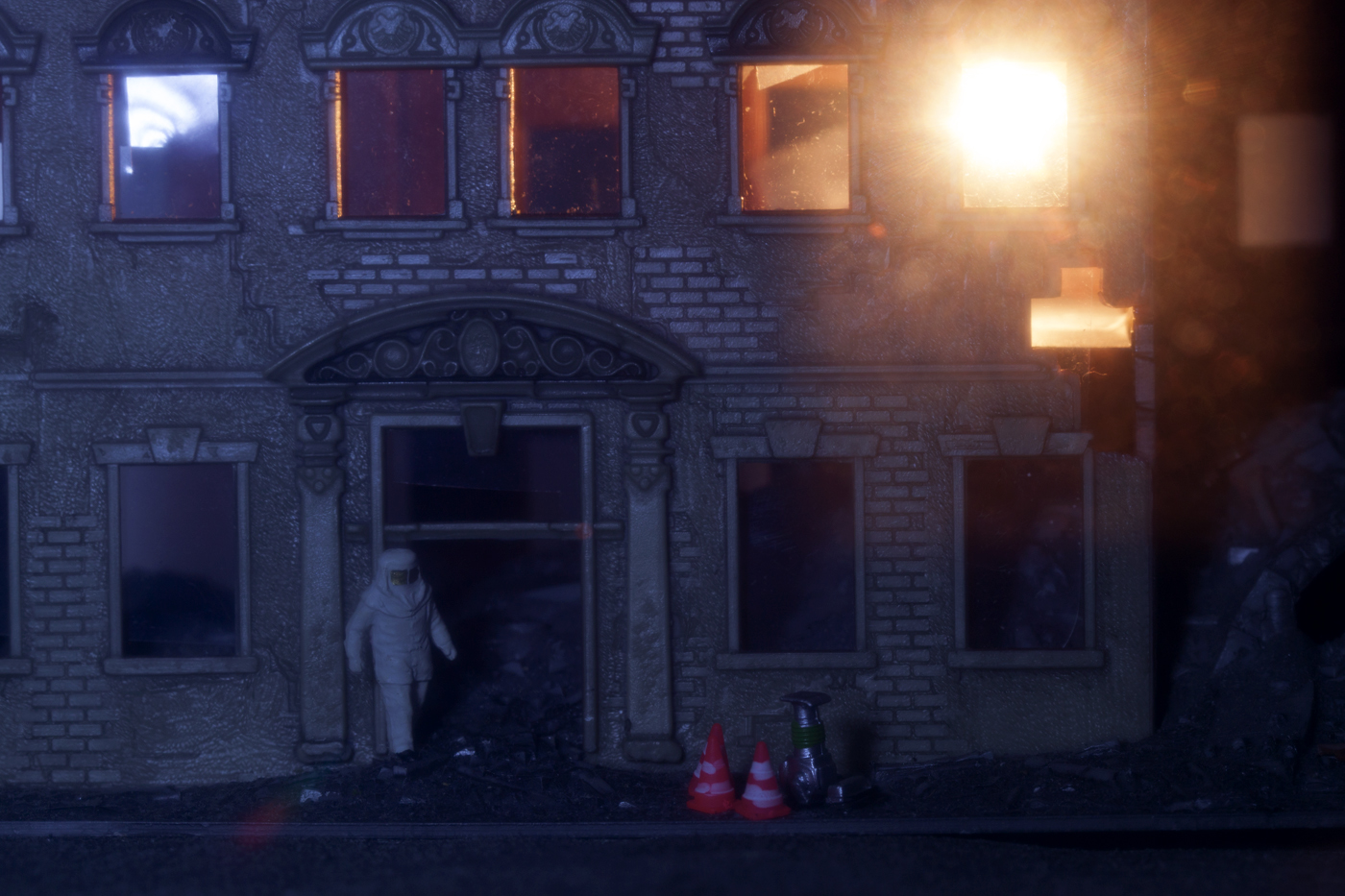
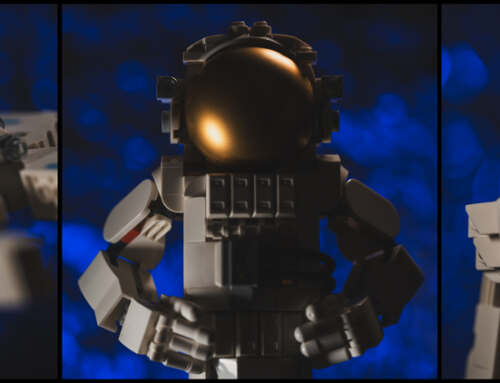
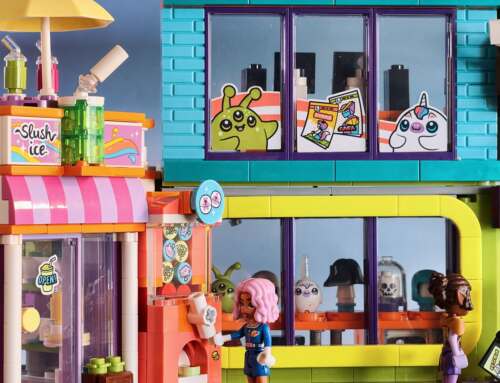
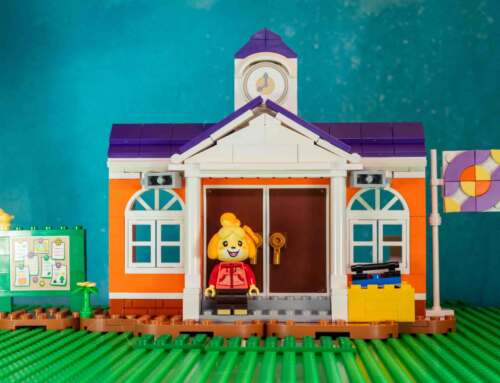
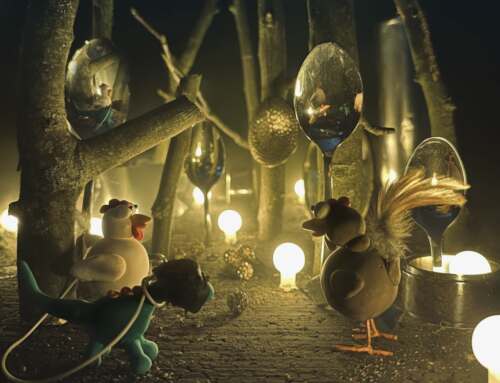
I’ve always kept my toy photography around like-minded photographers, but just lately I have noticed interest from photographers specialising in other genres. Maybe it is time to spread my toy photos further to promote the genre.
I really didn’t know toy photographers existed in such numbers until mid last year. Up until then I’d been working hard to get my work taken seriously in other photographic themes and it can be a really eye opening process. The toy photography community is generally very accepting and some photo communities are not. But occasionally you find a place where your photos as they are, outside of a toy photo area are shown and seen along side life size scenes and taken as seriously as those others and it’s a really wonderful experience. And on top of that, as you’ve said, I think it really helps to promote the genre which is never a bad thing 🙂
With all due respect, no. While there is certainly value in learning techniques and visions of the various styles of photography, at no point would I dream of posting my best toy dinosaur photos (which get compliments for being rather lifelike) to an animal or wildlife photography group. Why? Because they’re not animals, they’re toys. I could take a bunch of minifigs, set them up around a city scene and do everything in my power to make it look like a random moment of humanity, but at no point would I consider it actual “street” photography.
These photos may share some of the subject matter as the groups you mention, but it’s very much like arguing that Midnight Cowboy is a Western because it has a cowboy in it.
That said, I’ve gotten some really positive feedback from kink/BDSM photographers for some of my bondage Lego pictures on Instagram. But it’s not because I’m using remarkable rope work or hot models. It’s because they’re toys. And there’s nothing wrong with that. But that’s a pretty open-ended (HA!) style of photography. Street photography? Wildlife?
The best of what we do (think Marwencol, Elgin Park, the work of Derrick Lin aka marsder, Superstar) is amazing and can be transcendent. But that doesn’t necessarily mean that what we shoot belongs everywhere because the subject matter is kinda sorta mostly the same if you squint and ignore that our subject has five points of articulation at best.
It of course all depends on what you’re comfortable with, what you photograph and where you’re sharing your work. Will a fine art gallery accepting submission for wildlife photography choose a toy dinosaur photograph for their show? Probably not. But even then it all depends on their goal for the show. A painting of a landscape is not truly a landscape but would surely be shown in a landscape gallery. The same could easily be true for a toy landscape scene. Then take that all a step back in that we’re discussing social media which has way less rules than fine art galleries. If someone who likes bdsm work would take an interest in the bdsm themes in your work then by all means post in a bdsm hashtag or category.
Your work belongs anywhere you think it fits. If you don’t believe your work should be shown in categories outside of that of toy photography then that’s totally fine.
Comfort doesn’t matter. The baselines of the art form or style do.
By the logic of what I think, I think my color photo of a rose belongs in groups devoted to black and white photography, photos of carnivorous plants and pictures of Seattle landmarks. Does it fit any of those categories? Christ no. Should I try anyway?
Really?
Or flip the script. Can I post a picture of some toddler gumming a stuffed Baby Groot doll to the G+ group? I mean I could (assuming I had the picture), but would it really fit the unspoken mandate of artistic photos of toys?
I’m all for blurring the lines between art forms. I’m all for fusion (when it’s done well) and personal interpretation of art. Hell, break the rules to dust and ash and show me the wreckage. Try something crazy and see how it goes. Maybe it’s a one off, an inspired fluke like the plasticine garden at the Chelsea Flower Show a couple years back.
But don’t pretend that “because I think so” trumps any baselines or that the process of creativity doesn’t dictate categorization. The film of “The Incredible Journey” is not a documentary regardless to its superficial similarities with, say, Planet Earth. “Walking with Dinosaurs” (the tv show) was a documentary where Disney’s “Dinosaur” was a kids film despite those same superficial similarities.
That picture of the panda minifig, artistic as it is and as much as I like it, is not a picture of an animal. That picture of the minifigs running from a cat is not street photography.
Within the fine art world, I can say I’ve had a toy photo shown in an architecture gallery, another in a weather based show and so on. In these instances I have been completely honest about the subject matter of my images. It is possible to fit into these fine art spaces.
There is a line in blurring lines, and I would not advocate submitting toy photos to National Geographic shows or other documentary spaces. That said, any art is an interpretation of something. A photo of a toy panda is an interpretation of a panda, but a photo, painting, sculpture etc. are also interpretations of pandas.
Again, however, this post is about social media, not about fine art spaces.
Congratulations, great post!
Thank you very much.
While we live in a world where photography is still mostly banished from established art galleries we’ll find it hard to put Toy Photography anywhere else but in the Toy Photography category. Even though it often takes just as much work to get a toy photograph right as with any subject.
I’ve often thought of entering some of my toy photos into my camera club’s competitions but I know that the judges will not treat it nicely. I may just to so in our next comp just to report back what they say. 😛
Largely this post is about internet based or social media spaces. I didn’t go into the fine art side of things because of just what you’ve said. The rules are different and finding a way to navigate such a world can be annoying and/or difficult. That said, I think the only way to be taken seriously in fine art spaces is to make them see us.
Another great post to think about. And I don’t normally like thinking!
There’s some interesting comments about toy photography not spanning other “normal” photography genres, but I think it can. I’m sure “left of center” photographs struggled to be be accepted into “landscape” or “portraiture” photography genres when they first emerged. I think toy photography is the same. Sure, it’s different. And sure, upon first glances, it doesn’t fit into the norm. But with more exposure(pardon the pun), more understanding, and more questions, like yours, being asked about what really is a landscape, portrait, cityscape etc. photography, toys will be allowed to play with the others.
Five years ago, if I said “toy photography” to others, I was met with confused looks. Now, those puzzled looks are less frequent.
Thank you. I agree completely. It can be scary to navigate unknown territory with the possibility of rejection, but I think social media is the best way to begin experimenting with this. Toy photography is a valid form of photography. While it’s been around for awhile, it is very new in terms of being practiced by a larger number of people. We, as toy photographers, have just as much of a right as others to simply post photos online to various categories. As you’ve said, with more exposure to toy photographs, others will come to accept the creative practice that it is.